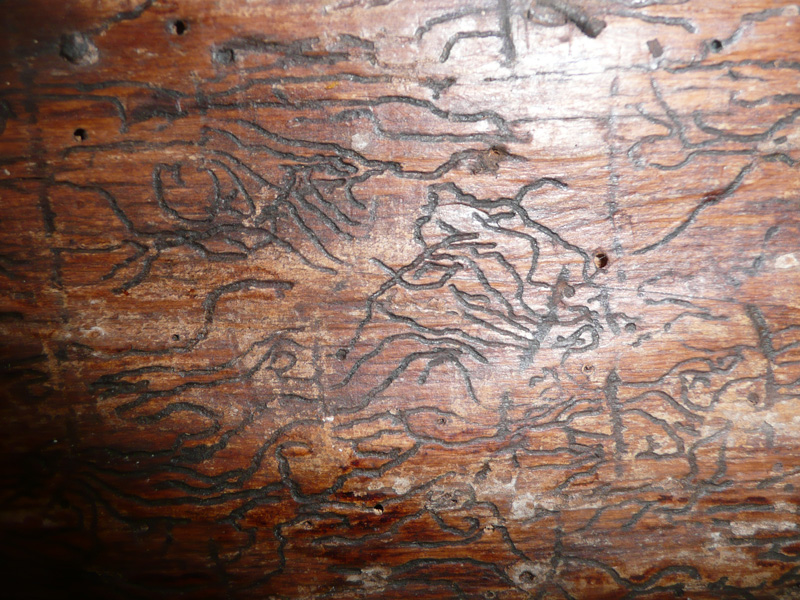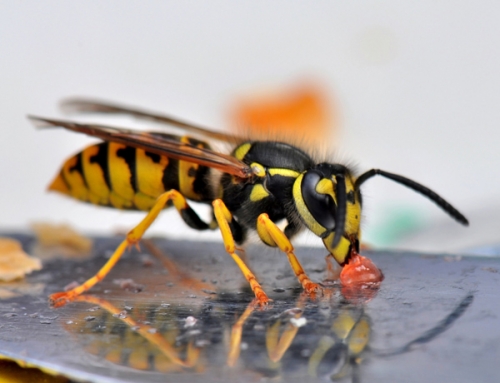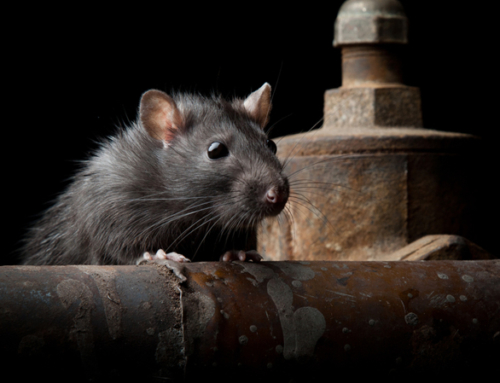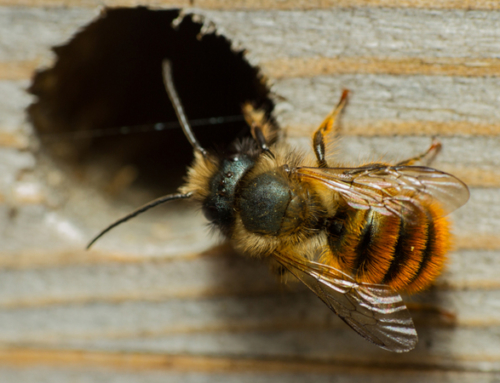It has been suggested that, in one form or another, beetle infestation will be found in up to 75% of UK homes. This sounds rather high, but based on our own findings, it is a pretty rare ancient dwelling that does not have some signs of infestation somewhere as do at least 30% of modern houses built pre-1990.
Some years ago, extremely toxic chemicals were used in woodworm eradication – including substances such as Lindane which, frankly, is highly toxic and very unfriendly; it probably killed wood boring insects efficiently, but did not do an awful lot of good to the human inhabitants. It is somewhat akin to being in a foreign holiday restaurant when they spray the region with gas to combat mosquitoes and making you wonder that if it kills the bugs, what it is doing to you at the same time? Nowadays, treatments have to conform with the HSE ‘Control of Pesticides Regulations 1996’ (COPR), a National scheme. Even so, the best advice is to play safe and make sure eradication works are undertaken while you are away from home.
In the East Anglia region, the most common type of woodworm found in domestic construction softwood is the Common Furniture Beetle (Anobium Punctatum), some 3 to 4.5mm long, which creates flight holes about 1.5 mm in diameter and looks something like a Biscuit Beetle with a shiny humped thorax. It is exceedingly rare to see the actual beetles and whilst the pupae tunnel inside the wood, the holes are formed when the beetles take flight. Generally, what you see on the surface of timbers will be considerably worse underneath. April to October is the laying season and approximately 20% moisture is required to promote the life cycle which is between 2 and 4 years. The female deposits small pearl-like eggs in groups of three or so, which take 6 to 10 days to develop and later emerge in Spring. Internally, one of the most usual places to find the emerging beetles, of both this and other kinds, is on a window ledge – the beetles are attracted by the light.
It is extremely difficult to determine whether wood boring insect infestation is active or not, other than small piles of bore dust next to the flight holes or actually digging into the timber, which obviously causes damage. In a rarely visited roof void, you can often see deposits of frass trapped in cobwebs. Infestation is often unseen since the worst damage and tunneling is within the wood. Larvae take advantage of the long chain of sugar molecules which give wood its strength – known as cellulose – and contrary to popular opinion, the grubs also have a great liking for plywood, more so indeed than most timbers.
Two of the most common places to find infestation in-situ are around the base of a toilet due to the presence of urine and in a loft hatch surround since the adults are attracted to light. In a house, woodworm can easily erode the joist ends of timbers which, combined with damp deterioration, radically affects the floor stability. Fine houses also suggest good furniture and this is the last place you want beetles to migrate to. If you find worm trails in the surface of some boarding (see photo), have a section lifted to examine the underside – this will allow a proper assessment of the extent of the infestation by a surveyor or timber treatment expert. There is a tendency to under-estimate the effects of this little borer, but some authorities consider it has been responsible for more widespread damage over the last 100 years or so than any other beetle. It is also suggested that woodworm do not thrive in a centrally heated environment. This is probably true of a modern thermal box with no roof void, but is certainly not true of houses which can be classed as leaky and thermally inefficient – that is most older properties of course.




